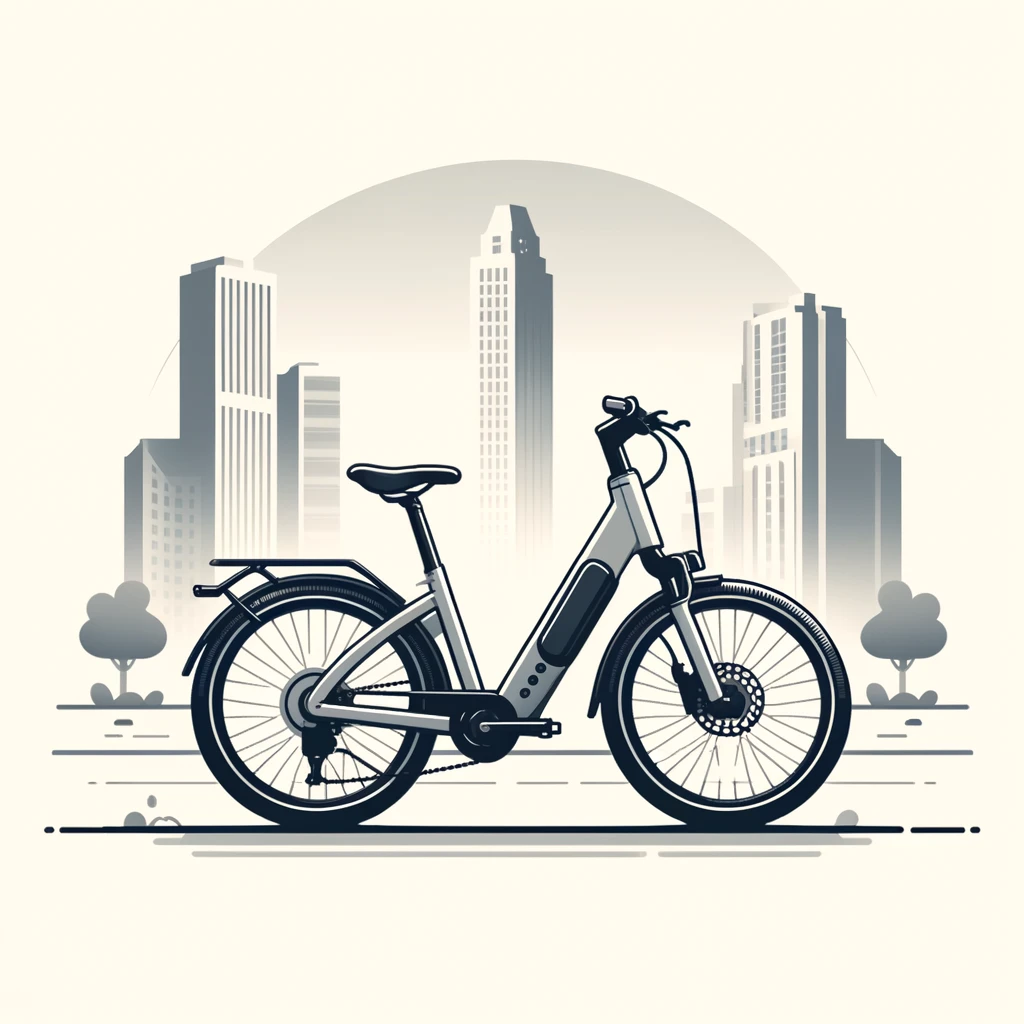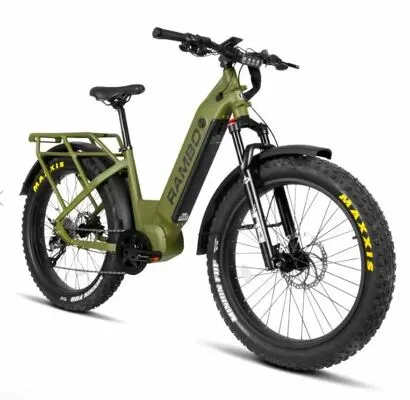
The first thing to know is that electric bicycles are allowed on sidewalks depending on the location. Personally, although it is convenient to avoid traffic, I would not use the pavement even with a traditional bicycle, due to obvious safety problems. In any case, it is best to know the local laws to know if you can ride your e-bike along pedestrian pathways. On this page you can explore the regulations and considerations relating to riding electric bicycles in pedestrian areas, helping you to orient yourself among the rules and respect everyone’s rights and safety.
I. Introduction to Electric Bike Usage on Sidewalks
A. Overview of Electric Bikes and Their Popularity
Today electric bicycles, or e-bikes, are widespread throughout the world, attracting users looking for an alternative to traditional transportation methods. They combine the physical benefits of cycling with the added boost of an electric motor, making them ideal for commuters, fitness enthusiasts, and those looking for a faster way to get around city streets.
B. Legal Considerations for Riding on Sidewalks
As mentioned, the laws can be confusing because regulations for electric bicycles often change from one region to another. As a result, some areas welcome e-bikes on sidewalks. In contrast, others restrict their use for pedestrian safety. Knowing local laws is therefore essential to avoid fines and be sure you are legal. If in doubt, my advice is not to use the sidewalks!
C. Importance of Understanding Local Regulations
The diversity in e-bike regulations reflects broader safety and policy considerations that vary by community. Riders must be aware of their local laws to avoid legal issues and contribute to a safer and more harmonious urban environment.
II. Laws Governing Electric Bicycles on Pedestrian Paths
A. Variations in Legislation by Country and State
Legislation regarding e-bikes is as varied as the countries themselves. For example, in some European countries, e-bikes are treated like bicycles, whereas, in the United States, the laws can differ significantly from state to state, influencing where these bikes can be ridden.
B. Specific Rules for Major Cities
Major urban centers often have detailed rules governing e-bikes. Cities like New York and San Francisco have developed specific guidelines that address where e-bikes can operate, emphasizing safety and coexistence with pedestrian traffic.
C. Consequences of Non-Compliance
Failing to adhere to local e-bike laws can result in penalties ranging from fines to vehicle impoundment. Such measures are intended to reinforce the importance of following rules that ensure the safety of all road and sidewalk users.
III. Factors Influencing Electric Bike Regulations on Sidewalks
A. Safety Concerns for Pedestrians and Cyclists
The primary concern with e-bikes on sidewalks is pedestrian safety. High speeds and quiet motors can create hazardous situations, necessitating clear regulations and guidelines to prevent accidents.
B. Impact on Traffic Flow and Urban Infrastructure
E-bikes can influence urban traffic patterns and infrastructure needs, such as the demand for bike lanes and increased parking spaces. Cities must consider these factors when drafting and implementing policies related to e-bike use.
C. Comparisons with Traditional Bicycles and Other Electric Vehicles
When compared to traditional bikes, e-bikes offer higher speeds, requiring different considerations for shared paths. Likewise, they are often grouped with other electric vehicles in discussions about urban mobility, highlighting the need for comprehensive transportation planning.
IV. FAQs
Q: Are e-bikes allowed on sidewalks everywhere?
A: No, the allowance of e-bikes on sidewalks varies by location. It’s important to check local regulations.
Q: How fast can I ride my e-bike on a sidewalk?
A: Speed limits, if riding on sidewalks is allowed, are typically lower than on roads to ensure pedestrian safety.
Q: Do bike lights make people feel safer?
A: Yes, bike lights significantly increase cyclists’ sense of safety by improving visibility to other road users, thus reducing the risk of accidents during low-light conditions or at night.
Q: What happens if I’m caught riding my e-bike on a sidewalk where it’s prohibited?
A: Penalties can include fines, points on your license, or even impoundment of your e-bike.
Q: Are there age restrictions for riding e-bikes on sidewalks?
A: Some jurisdictions impose age restrictions to ensure riders are capable of handling an e-bike safely near pedestrians.
Q: Do I need a special license to ride an e-bike?
A: Requirements vary; some places require a standard driver’s license, while others do not.
Q: Can modifications to my e-bike affect where I can ride it?
A: Yes, modifications that increase the speed or power of your e-bike might restrict its use on certain pathways.
Q: What should I do if my city has no clear regulations about e-bikes on sidewalks?
A: Contact local transportation authorities for guidance and adhere to general road safety laws in the meantime.
V. Conclusion
A. Summary of Key Points
Understanding local laws is essential for e-bike riders, especially regarding their use on sidewalks. Safety concerns are paramount, both for riders and pedestrians, necessitating clear and adhered-to regulations.
B. Recommendations for Safe and Legal Riding
Riders should stay informed about the latest laws, participate in community discussions on e-bike policies, and always prioritize safety over convenience to foster positive interactions between all road and sidewalk users.
VI. Suggested Readings
Before exploring further into e-bike regulations and usage, several resources can provide valuable information.
- Jim Turner’s “The Electric Bike Book” provides a comprehensive look at the technology behind e-bikes, including safety and legal aspects.
- “Urban Cycling” by Richard Ballantine – A detailed guide that addresses various forms of biking in urban settings, including chapters on e-bikes.
- “E-Bikes for Urban Transportation” by Evan Phillips – Discusses the rise of e-bikes in city environments and their impact on urban transportation planning.
After delving into these resources, readers will gain a broader understanding of how e-bikes fit into the modern urban landscape and how to use them responsibly and legally.


